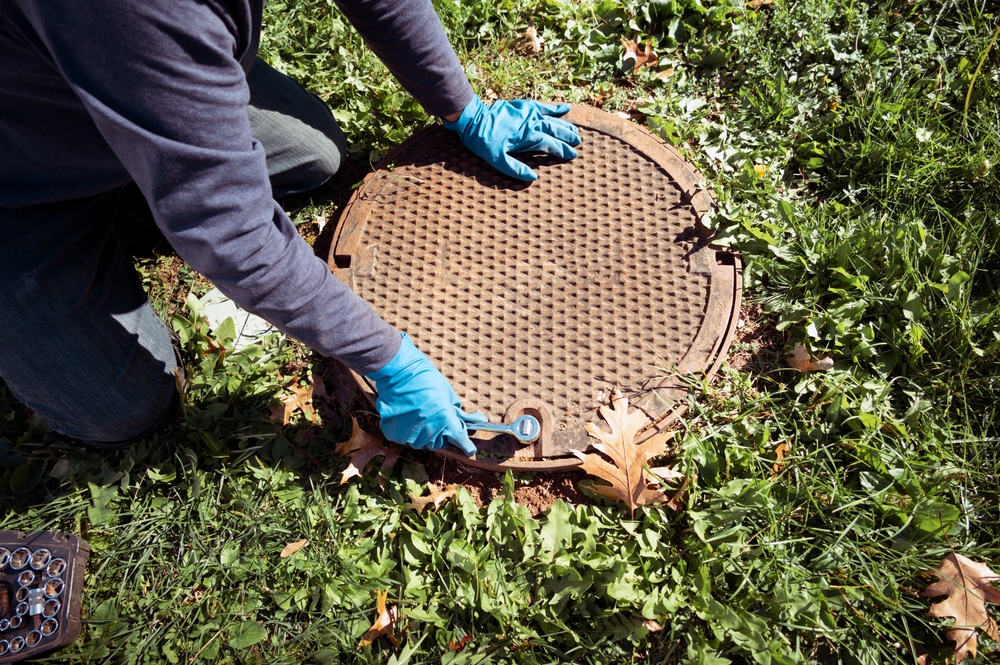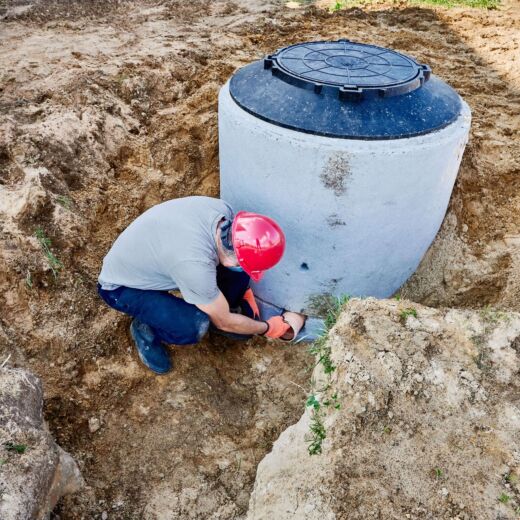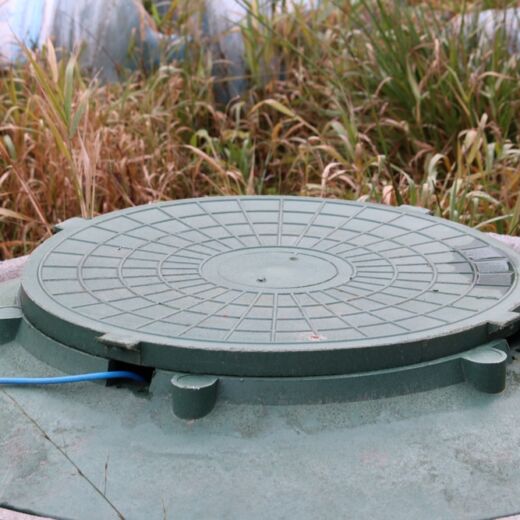Few household emergencies are as disruptive and unpleasant as a septic tank backup. When your toilets refuse to flush, drains overflow, or—horrifyingly—wastewater starts seeping into your home, it’s a stressful situation. While septic tank backups are frustrating, the good news is that most are preventable with proper maintenance, regular inspections, and smart household habits.
Understanding what triggers a septic tank backup and recognizing the early warning signs are crucial for any rural homeowner. Ignoring these issues can lead to expensive repairs and serious health hazards.
Let’s look at common causes, signs of trouble, and effective solutions to keep your septic system running smoothly.
How Your Septic System Works: The Basics
Your septic system is an underground, on-site wastewater treatment plant for your home. It’s a remarkably effective and safe way to manage household waste, thanks to the coordinated effort of its main components:
The Septic Tank
This buried, watertight container is the first stop for all household wastewater from toilets, sinks, showers, and laundry. Inside, solids (sludge) settle to the bottom, while lighter materials like oils and grease (scum) float to the top. Natural bacteria begin the crucial process of breaking down organic matter in the wastewater.
The Drain Field (or Leach Field)
Once partially treated in the tank, the liquid wastewater (effluent) flows into the drain field. This network of perforated pipes or chambers is laid in gravel-filled trenches, and allows effluent to slowly filter through the soil. Natural processes and microbes then further purify it before re-entering the environment, preventing surface water contamination.
Common Issues: Why Septic Systems Back Up
If you know what causes septic tank backups, you’ll be better able to prevent them. Here are the leading reasons for system failure:
System Overload
Flushing non-biodegradable items like “flushable” wipes, feminine hygiene products, excessive food waste, or even too much toilet paper can overwhelm your septic tank, leading to clogs and eventual backups.
Neglected Maintenance
Skipping regular septic inspections and pumping is a recipe for disaster. Over time, sludge and scum accumulate in the tank, reducing its capacity and causing clogs that force wastewater back into your home.
Drain Field Failure
The drain field is vital for proper water absorption. If it becomes saturated from excessive water usage or clogged with solids from a neglected tank, it can no longer process wastewater effectively, leading to backups.
Grease Buildup
Pouring cooking grease, oils, or fats down your drains is a big mistake. Grease solidifies as it cools, forming stubborn blockages in pipes and the septic tank that are difficult to remove.
Failing Pump
A malfunctioning pump can quickly lead to an overflow and backup for homes with a septic pump—often used to move wastewater to a higher drain field.
Tree Root Invasion
Trees and shrubs, especially those planted too close to the drain field, have invasive roots that seek out water and nutrients. These roots can penetrate and damage septic pipes, causing blockages and leaks.
Warning Signs: Is Your Septic System in Trouble?
Early detection is key to preventing minor issues from becoming costly emergencies. Be on the lookout for these warning signs that your septic system may be backing up or failing:
- Sewage Backup: If sewage is backing up into your toilets, bathtubs, or sinks, you have an immediate septic tank emergency.
- Slow Drains: If multiple drains in your home are slow to empty, even without a full sewage backup, it can indicate a blockage or issue within the septic system.
- Foul Odours: Persistent, unpleasant odours near your septic tank or in your yard are strong indicators that the system isn’t functioning correctly.
- Pooling Water: Standing water or unusually lush, greener patches of grass in your yard, particularly over the drain field, suggest wastewater is not being absorbed properly and is surfacing.
- Gurgling Sounds: Hearing gurgling noises from your drains when water is being used elsewhere in the house might mean air is trapped due to a blockage in the pipes.
Fixing a Septic Backup: Act Fast!
If you suspect a septic tank backup, act quickly. Continuing to use your plumbing—showering, doing laundry, washing dishes, or flushing toilets—builds pressure in the tank and pipes, worsening the problem. A minor clog or full tank can escalate quickly into a major backup, resulting in sewage spilling into your home or yard, expensive repairs, and potential environmental contamination.
At the First Sign of a Backup
- Stop Water Use Immediately: This is the most crucial first step to prevent further overflow.
- Call a Professional: Contact a licensed and certified septic tank service provider to diagnose the problem and recommend the correct solutions.
- Septic Tank Pumping: If the tank is full, pumping out the accumulated sludge and scum can restore proper function.
- Clear Blockages: Professionals use specialized equipment to clear blockages caused by tree roots, grease, or other debris.
- Repair or Replace Components: A failing pump, damaged pipes, or even the septic tank itself may require repair or replacement to restore the system’s integrity.
- Drain Field Remediation: If the drain field is failing, a professional can assess whether it needs remediation or a complete replacement.
- Implement Preventive Measures: To avoid future septic tank backups, schedule regular septic inspections and pumping, and be careful of what gets flushed.
Consider installing a septic tank alarm. This proactive device monitors the water level in your septic tank and triggers an audible warning if it rises too high. This early alert gives you precious time to address potential issues before wastewater backs up into your home, saving you significant time, money, and stress.
Avoid Septic Tank Backups: Call in the Pros
Septic tank backups are disruptive and costly, but they are often preventable. By understanding how your system works, recognizing the common causes of failure, and acting quickly when you spot warning signs, you can maintain a healthy septic system.
If you experience signs of a backup, or need to book maintenance or repairs, contact Septic Medic today.




